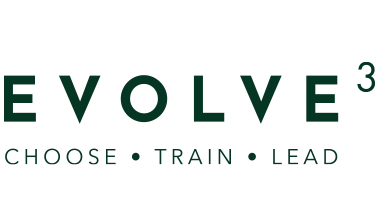
06 Jul Get your just desserts
I’m on a mission to help restaurant operators improve their profits. When used consistently, this simple selling technique can increase dessert sales with dine-in customers by at least 25%.
What I’m about to share with you is the result of researching the topic, careful observation of successful salespeople in action, and road-testing the technique myself over the last 25 years as a restaurant operator, consultant, and trainer.
Selling more dessert items is a low effort / high reward strategy to improve restaurant profits in that:
- Dessert items usually carry a high profit margin – no expensive proteins here!
- You are selling to a friendly, captive audience – when it’s time to sell desserts, you’ve already built trust with the guests, meaning less customer resistance.
- Selling desserts increases customer average spend, without a proportional increase in wage costs – you don’t have to roster on extra staff to do this.
The technique
Warning! This technique will be most effective when you’ve already established a good rapport with your guests. There should have been plenty of opportunity to do this, as in most cases, the guests would have already been with you for 45 minutes or more.
Step 1
Approach the table and present the menu with absolute confidence and assume that your guests want dessert. Deal with any potential resistance there might be by announcing to your guests while you hand them the menu:
‘Now for the most important part of the meal!’
The goal with this step is to put the dessert menu into the hands of your customers, so they start to interact with it. It’s the same technique used by good retail salespeople when they encourage you to try on the clothes in the shop. They know that if you try something on, you’re somewhat invested in it and several steps closer to making the purchase.
Step 2
If you’ve done step 1 well, you’ll have the full attention of your guests by now and they’ll have the menu in their hands. This is the time for you to make a couple of genuine, personal recommendations – no more than 2 (any more is too hard for your guests to remember). The more descriptive you are when making your recommendations, the more you will activate the ‘I want it’ part of your guest’s brains. Below is an example of how this might sound.
‘I can personally recommend the warm, soft-centered chocolate pudding with house made vanilla bean ice cream. Another popular one is the smashed pavlova with fresh summer berries and passionfruit. The inside of the pav is light and fluffy, while the fruit drizzled over the top hits the perfect note of summer fruit sweetness without being too rich’.
Step 3
By now the guests have the dessert menu in front of them and they have a clear picture in their mind of two recommendations from an expert who knows the menu (that’s you, the customer service professional). The next thing you say before walking away to give the guests time to think is critical because it gently reinforces the idea that ordering dessert is no longer a matter of “if”, it’s a matter of “which one?”. So, assume the sale by saying:
‘I’ll be back in a few minutes to see which ones you’ll have.’
Step 4
When you return to the guests, it’s now just a matter of closing the deal by asking for the order with an open question, while continuing to assume the sale by saying:
‘What would you like to try?’ or ‘What sounds good?’
Don’t forget, the moment a customer orders a dessert, they’ve just opened the door to another set of sales opportunities – drinks to go with it. So, be prepared to describe a couple of enticing drink options to complement the dessert order.
The takeaway
Of course, you won’t get a 100% success rate with this approach but that doesn’t mean you shouldn’t try. You have nothing to lose and everything to gain. Even if your customers don’t won’t dessert, they’ll appreciate the fact that you offered.
My sales hero Phil M Jones describes this sales mindset as “SW3”. When it comes to people deciding to buy after hearing a suggestion – “Some Will; Some Won’t; So What?”
Phil explains it eloquently in this video.
It’s as simple as getting to the customer and asking the question. Good luck.



